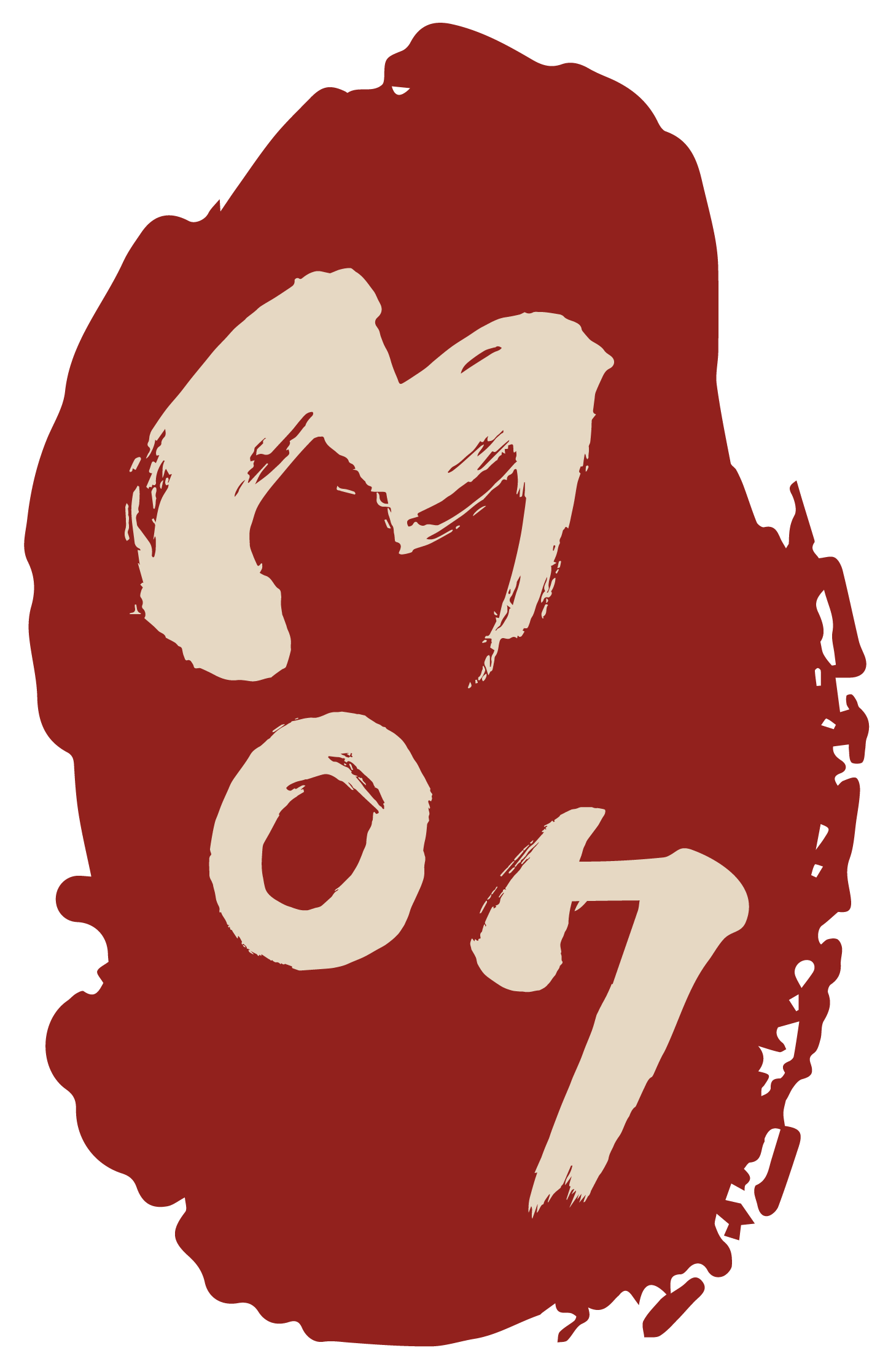Grape Mirror with Mythical Animals
Bronze mirror
Disc-like mirror. The relief covers the whole space. Semi-circular knob with opening. Mirror side with oxydation in different colors.
Object ID
Tang_008
Age
Tang Dynasty (618 – 907 AD)
Material
Bronze
Color
Bronze-colored
Diameter
8.8 cm
Condition
good
Price
on request
Description
The disc-like mirror has a high relief that covers the whole space. It shows many grapes, tendrils and leaves and is an example of the famous „grape-mirrors“ in the Tang Dynasty. There are also mythical animals like a kind of a deer or a dragon. The oxidation on the mirror-side appears in rust, green and brownish tones. Since the high mirror-culture in the Han-Dynasty (206 BC – 220 AD) the disc-shape of the mirrors symbolizes the celestial sphere. In the centre is a semi-circular knob with an opening that is a symbol for the world axis connecting heaven and earth in the shape of a huge mountain top. A ribbon could be pulled through the knob and used to attach the mirror to clothing. [1] The pronounced mirror edge is surrounded by jagged and wavy stripes. According to ancient Chinese belief they frame the edges of the sky. Mirrors have always been said to have magical properties. Not only was believed that they reflected a person or an object truthfully, but that they made the true nature visible. Already in the early days of Daoism, bronze mirrors were seen as symbols of world- and self-knowledge. [2]
For many centuries the question arose again and again how such a magic mirror worked. The recent research of two professors at the Physics Faculty of the University of Münster/ Germany came to a convincing result. They referred to another Prof. Ayrton who explained already in a lecture 1878 the production techniques of Chinese mirrors. A mirror was produced by pouring molten bronze into a mold that was decorated with a relief-like ornament. The solidified blank then was processed on a wooden base with a kind of plane to smooth the surface.
Through appropriate processing of the surface and the effect of the relief on the back a slightly wavy surface is created. When light falls on them, the recesses look like small concave mirrors. As a result, a slight brightness modulation can be seen in the reflected light. Its structure corresponds to the depressions and elevations of the relief on the back. The mirror unfolds its magic when it is exposed to the light of a bright light source – the best is the sun – when projecting onto a wall in shadow. In the bright spot of light you can more or less see the relief embossed on the back. [3] (HV)
________________________
[1] Feddersen, Martin (1955): Chinesisches Kunstgewerbe. Ein Handbuch für Sammler und Liebhaber. Klinkhardt & Biermann. Braunschweig. 164, 166
[2] Wiedehage, Peter (1995): Zwei Spiegel mit mythischen Tieren, geflügelten Wesen und daoistischen Gottheiten. In: Das Alte China. Menschen und Götter im Reich der Mitte 5000 v. Chr. – 220 n. Chr. Hirmer Verlag. München. 371, 372
[3] Schlichting, Hans-Joachim/ Ucke, Christian (checked: 24_06_07): Der chinesische Zauberspiegel. https://www.uni-muenster.de/imperia/md/content/fachbereich_physik/didactic_physik/didactic-physik/publikationen/chinesische Zauberspiegel




